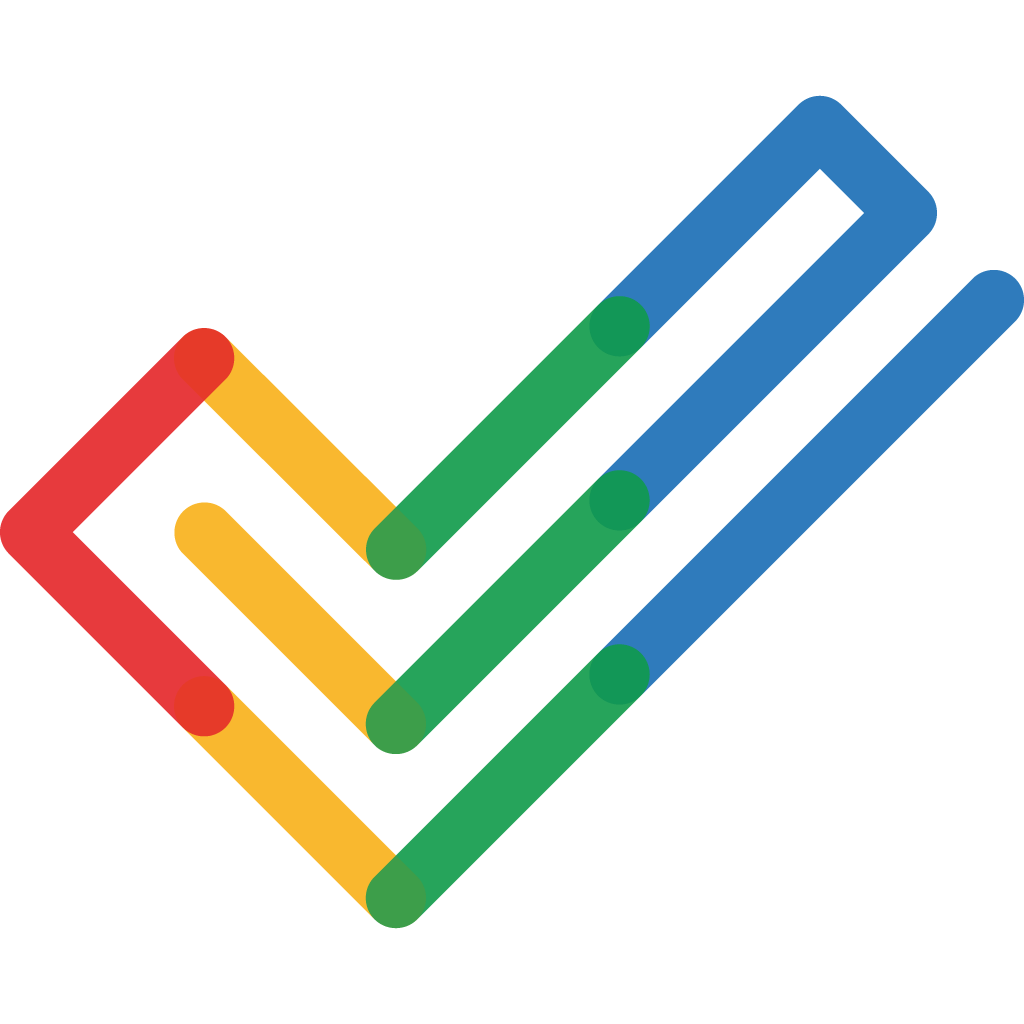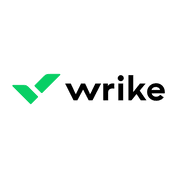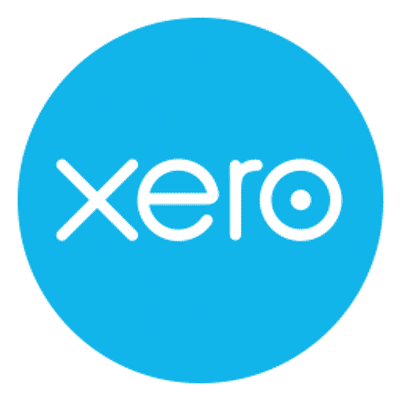WorkflowMax is a Project Management Software. WorkflowMax offers Timeline View, Project Templates, Time & Expense Tracking, Task Management, Status Tracking and many more functionalities.
Some top alternatives to WorkflowMax includes Quickbase , Smartsheet, ClickUp, Zoho Projects and Project Insight.
Yes, WorkflowMax provides API.
Yes, WorkflowMax provides a mobile app.
WorkflowMax is located in Auckland, New Zealand
WorkflowMax offers Free Trial, Subscription pricing models
Yes, WorkflowMax can integrate with Xero, Time Doctor, Float, HubSpot CRM and many more.You can find more integration for WorkflowMax here
The starting price of WorkflowMax is $45/Month
































